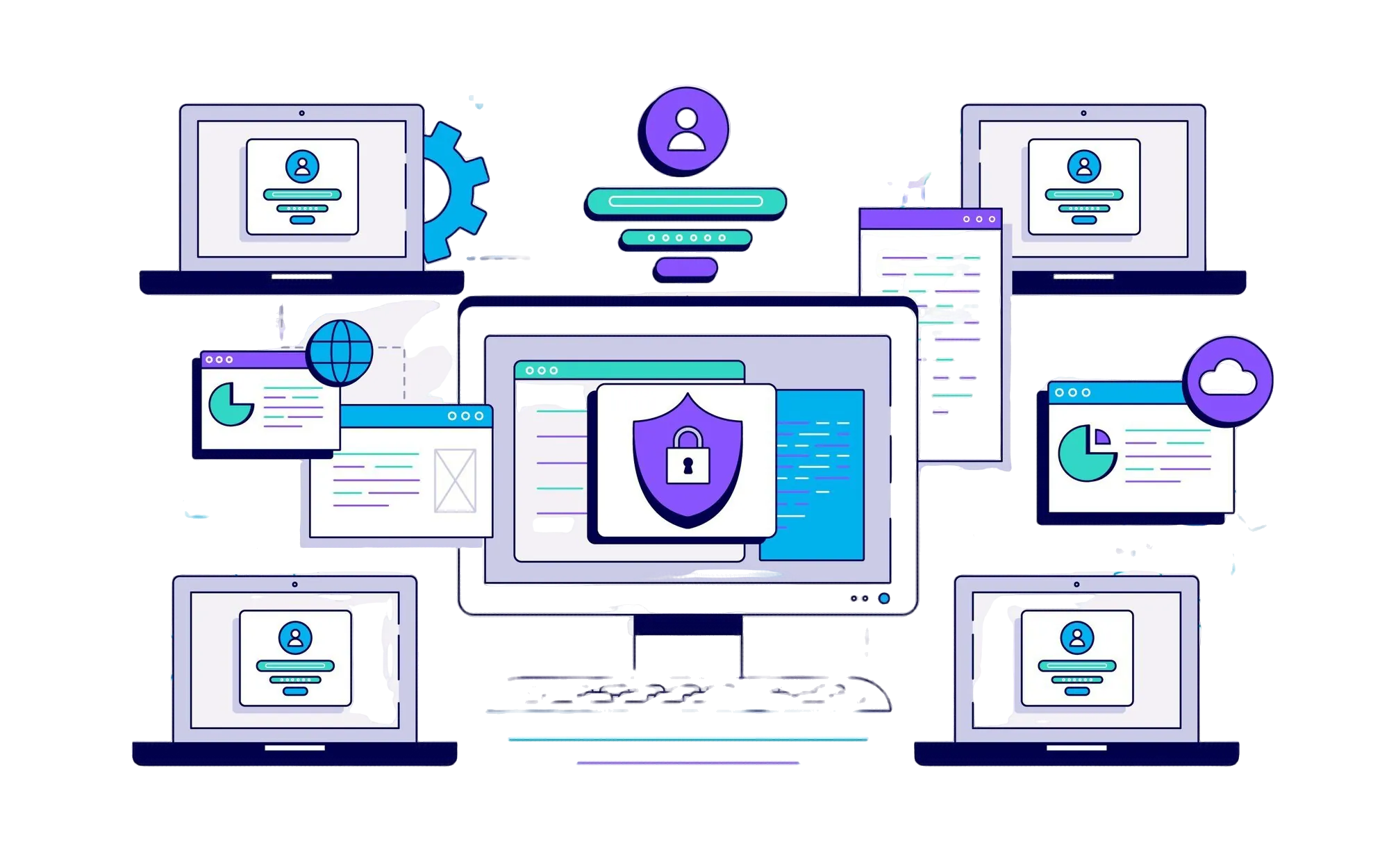Please Note: We have masked our client’s identity to maintain confidentiality.
Overview of XYZ Bank
XYZ is one of India's largest and most influential banks, serving over 70 million customers across 5,000+ branches and handling more than 10 million transactions daily. The bank provides a comprehensive suite of financial services, including retail banking, corporate banking, and payment solutions, managing assets worth over $200 billion. Operating at the forefront of the banking industry, XYZ plays a critical role in India’s financial ecosystem. Ensuring adherence to the Security and Exchange Board of India (SEBI) Cyber Security and Cyber Resilience Framework (CSCRF) was essential to protect its operations, maintain customer trust, and meet regulatory requirements. The CSCRF is particularly stringent as it mandates real-time monitoring, a 6-hour reporting window for significant cyber incidents, and a robust business continuity plan. These requirements are more rigorous than many global standards, reflecting the SEBI's proactive stance in mitigating risks in India’s critical banking and stock market sector.
Project Objective
To perform a comprehensive audit of XYZ’s cyber security practices against the SEBI’s CSCRF guidelines, identifying gaps, enhancing resilience to cyber threats, and achieving compliance with the mandated regulatory requirements.
Challenges Identified
- Complex IT Infrastructure: The client’s multi-layered architecture included on-premises systems, cloud services, and third-party integrations.
- Evolving Threat Landscape: Frequent phishing and ransomware attempts targeted XYZ’s critical systems.
- Data Sensitivity: High volumes of customer Personally Identifiable Information (PII) and financial records required robust protection mechanisms.
- Compliance Oversight: Ensuring adherence to specific CSCRF mandates, such as incident reporting and business continuity, presented a challenge.
Approach and Methodology
-
Phase 1: Pre-Audit Assessment
- Conducted detailed interviews with key stakeholders to understand existing cyber security practices.
- Scoped the audit by identifying critical assets, sensitive data repositories, and high-risk operational areas.
-
Phase 2: Risk Assessment
- Threat Identification: Analyzed the organization’s threat landscape and previous security incidents.
- Vulnerability Assessment: Used automated and manual techniques to identify system vulnerabilities.
- Impact Analysis: Evaluated the potential impact of cyber threats on XYZ’s operations and customer trust.
-
Phase 3: Control Assessment and Validation
- Network Security: Assessed firewall configurations, intrusion detection/prevention systems (IDS/IPS), and segmentation practices.
- Data Protection: Evaluated encryption mechanisms for data-in-transit and data-at-rest.
- Access Control: Reviewed multi-factor authentication (MFA), privileged access management (PAM), and role-based access policies.
- Incident Management: Validated incident response plans, escalation protocols, and compliance with SEBI’s 6-hour reporting requirement for significant incidents.
- Resilience Testing: Conducted simulated cyber attack scenarios to test business continuity and disaster recovery processes.
-
Phase 4: Reporting and Recommendations
- Identified gaps and mapped them to specific CSCRF requirements.
- Delivered a comprehensive report with prioritized recommendations for remediation.
-
Phase 5: Post-Remediation Review
- Reassessed XYZ’s systems post-remediation to ensure all identified vulnerabilities were addressed.
- Issued a compliance confirmation report in alignment with SEBI’s CSCRF.
Key Findings
-
Strengths:
- Strong data encryption and tokenization practices for financial transactions.
- Robust endpoint security mechanisms, including centralized patch management.
- Efficient logging and monitoring systems integrated with a Security Information and Event Management (SIEM) tool.
-
Weaknesses:
- Outdated software versions in a few non-critical systems.
- Limited employee training on emerging threats such as phishing and social engineering.
- Insufficient documentation for certain incident response workflows.
Recommendations
- Enhance Threat Awareness: Implement quarterly cybersecurity awareness programs tailored to emerging threats.
- Patch Management: Automate patch deployment for all systems to eliminate vulnerabilities promptly.
- Incident Documentation: Update and standardize incident response documentation to ensure clarity and alignment with SEBI guidelines.
- Advanced Monitoring Tools: Adopt AI-driven threat intelligence tools to detect and respond to advanced persistent threats (APTs).
- Backup Validation: Periodically test backup restoration processes to ensure resilience against ransomware attacks.
Outcomes and Benefits
- Regulatory Compliance: Achieved full compliance with SEBI’s Cyber Security and Cyber Resilience Framework.
- Improved Security Posture: Addressed critical vulnerabilities, enhancing protection against cyber threats.
- Operational Resilience: Strengthened business continuity and disaster recovery capabilities.
- Stakeholder Confidence: Boosted trust among customers, partners, and regulators by demonstrating robust cybersecurity practices.
Conclusion
This audit reinforced XYZ’s commitment to cyber security and resilience, ensuring compliance with SEBI’s stringent standards while positioning the organization as a trusted player in the financial services domain. DigiFortex’s expertise in cyber security frameworks enabled XYZ to navigate complex compliance requirements effectively.
Looking for expert guidance on compliance and security?





